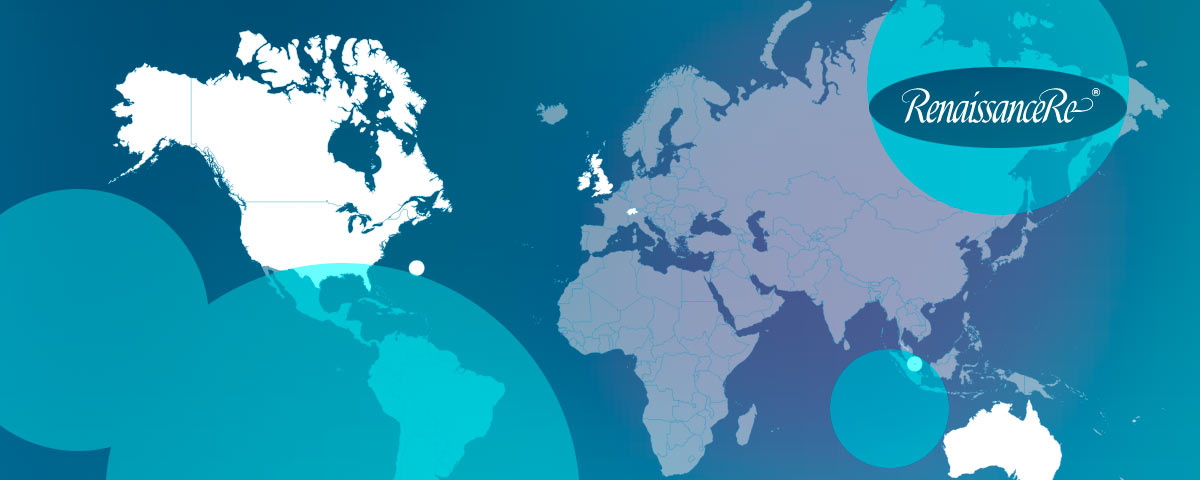Fitch Ratings says global reinsurance capacity is weighing on margins as international carriers channel more capital into Latin America (LatAm), especially in property catastrophe.
The LatAm reinsurance sector is highly influenced by global reinsurance pricing conditions, given its smaller size relative to the global market, and is prone to benefit from the current hard market conditions with better pricing and more favorable terms.
The influx expands their footprint and diversifies portfolios, but Fitch cautions that a single severe event could flip pricing quickly.
Regional players are leaning on strong balance sheets and retrocession programs to manage volatility. High interest rates—still elevated though easing—are propping up returns by offsetting weaker underwriting results.
Yet sovereign risk remains a key vulnerability: credit downgrades at the government level can directly drag on reinsurer ratings.
More favorable terms and conditions have helped to lower the natural catastrophe burden underwritten by reinsurers as cedents have had to increase the retention of these risks themselves.
Fitch expects LatAm reinsurers to benefit from global reinsurance conditions by prioritizing pricing, natural catastrophe risk management and organic premium growth, but may also be challenged by inflation on claims costs, sovereign-related constraints or economic slowdowns from developing markets.
The agency highlights a vast protection gap. Of $21.8bn in losses last year, just 10% were insured.
Limited penetration leaves the region exposed, while patchy and delayed loss reporting makes risk assessment tougher. Fitch argues that clearer regulatory standards and better data are critical.
As a result of this environment, domestic and regional reinsurers in Latin America have seized the opportunity by increasing their participation in lower layers of insurance programs or by delegating underwriting authority to specialised entities such as managing general agents. This shift has introduced new players to the reinsurance sector.
In Brazil, domestic reinsurers with international catastrophe exposure are aligning their property catastrophe exposures with global trends.
Alternative solutions are showing traction. Brazil’s debut catastrophe bond in 2024 signaled momentum for insurance-linked securities, parametric tools, and other non-traditional products.
Fitch pegs the regional market at $18–22bn, with retention rates near 80%. Ceded premiums are expected to climb over the next 12–18 months as exposures rise and volatility management becomes more urgent.
Even with pricing pressure, demand for catastrophe protection stays strong. Surplus global capacity is reducing non-proportional costs and expanding coverage, Fitch said, keeping competition high in an already crowded market.









